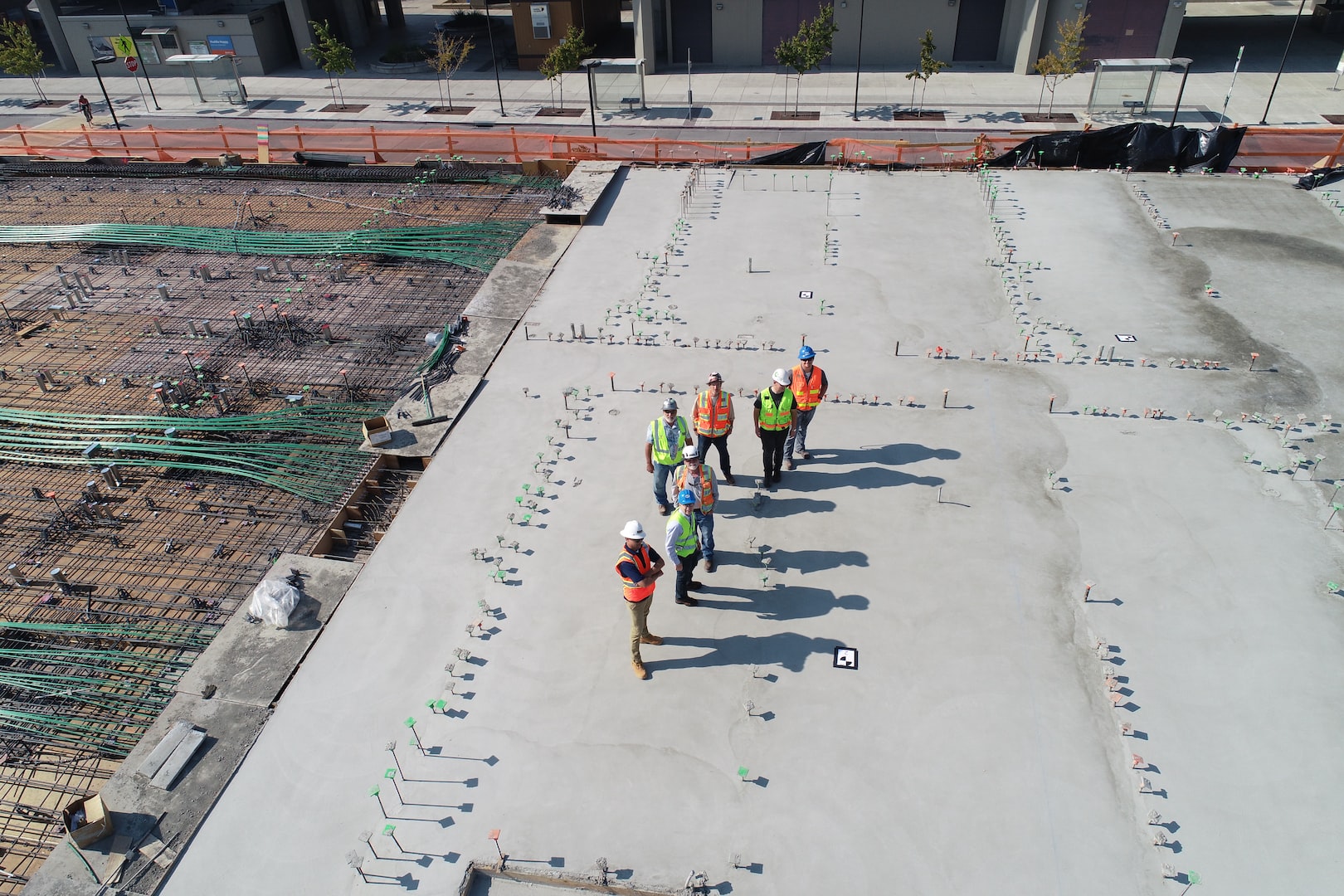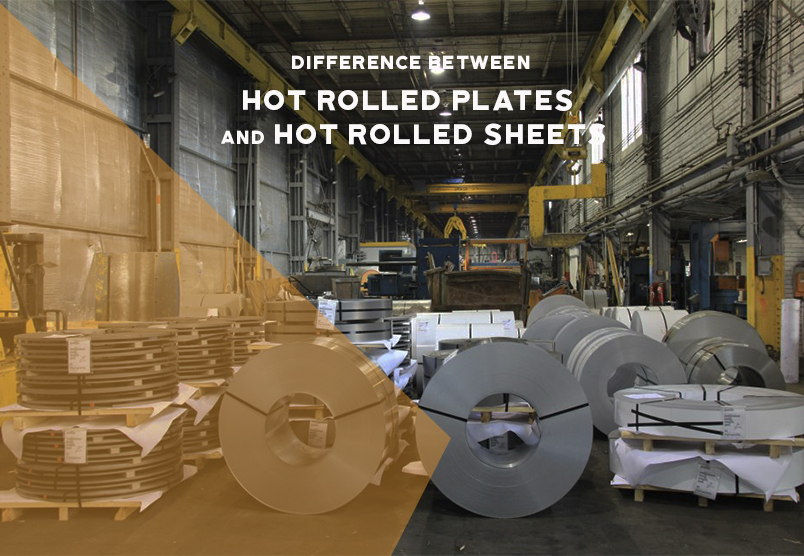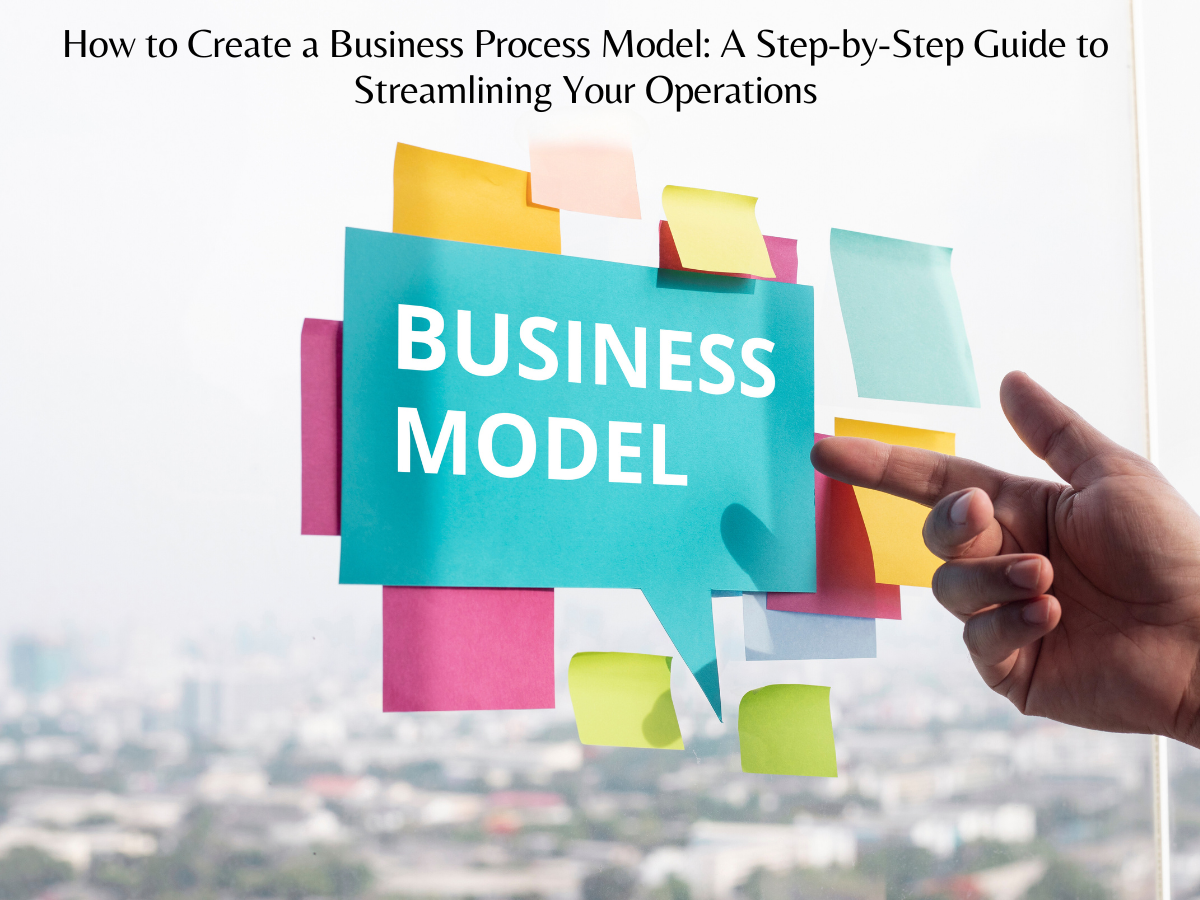8083931335
The Dynamic Steel Industry in Nigeria: A Journey Through Kassem Mohamad Ajami's Startup Business
Kassem Mohamad Ajami

In the heart of Nigeria, a country known for its rich cultural heritage, diverse population, and growing economy, the steel industry has emerged as a beacon of innovation and opportunity. One name that has shone particularly brightly in this dynamic sector is Kassem Mohamad Ajami. In this article, we delve into the exciting world of Kassem Mohamad Ajami's startup business in the steel industry and explore how it has made a significant mark on the Nigerian business landscape.
Steel in Nigeria: A Thriving Industry
The steel industry in Nigeria has been steadily growing over the years. With the country's expanding infrastructure, steel has become an essential component in construction, manufacturing, and various other sectors. Kassem Mohamad Ajami recognized this potential and embarked on a journey to establish a startup business that would not only meet the growing demands of the market but also set new standards for quality and innovation.
Kassem Mohamad Ajami: The Visionary Entrepreneur
Kassem Mohamad Ajami is not just an entrepreneur; he is a visionary. His deep understanding of the steel industry and his commitment to quality have set his startup business apart from the competition. With a background in metallurgy and a passion for innovation, he founded his company with a clear mission: to provide top-quality steel products while contributing to the economic growth of Nigeria.
The Impact of Kassem Mohamad Ajami's Startup
Kassem Mohamad Ajami's startup has left an indelible mark on the steel industry in Nigeria. Let's take a closer look at some of the key factors that have contributed to the success and growth of his business.
Cutting-Edge Technology
One of the cornerstones of Kassem Mohamad Ajami's business success is his unwavering commitment to using cutting-edge technology. His company employs the latest machinery and techniques to ensure that the steel products they produce are of the highest quality. This commitment to innovation not only meets the current market demands but also anticipates the future needs of the industry.
Quality Assurance
In an industry where quality is paramount, Kassem Mohamad Ajami's startup stands out as a symbol of excellence. The company has implemented stringent quality control measures to ensure that every steel product that leaves their facility meets the highest industry standards. This commitment to quality has not only earned the trust of customers but has also set a benchmark for others in the industry to follow.
Job Creation and Economic Growth
Kassem Mohamad Ajami's startup has played a significant role in job creation and economic growth in Nigeria. By providing employment opportunities and contributing to the country's GDP, the business has become a vital part of the nation's development. This social impact underscores the broader significance of his venture.
Sustainability and Environmental Responsibility
In an era where environmental sustainability is paramount, Kassem Mohamad Ajami's startup leads by example. The company has adopted eco-friendly practices and sustainable processes in its operations. This commitment to environmental responsibility not only aligns with global trends but also ensures the long-term viability of the business.
Future Prospects
Kassem Mohamad Ajami's startup has carved a niche for itself in the competitive steel industry of Nigeria. With a strong foundation built on innovation, quality, and social responsibility, the company is poised for a bright future. As Nigeria continues to develop, the demand for steel will only increase, and Kassem Mohamad Ajami's business is well-prepared to meet these challenges.
Conclusion
In the vibrant landscape of Nigeria's steel industry, Kassem Mohamad Ajami's startup business shines as a beacon of quality, innovation, and sustainability. With a strong commitment to meeting market demands and contributing to the nation's economic growth, the company has become a significant player in the industry. As the steel sector continues to thrive, Kassem Mohamad Ajami's business is set to make even more waves and leave an enduring mark on the Nigerian business landscape.
Difference between and Hot Rolled Plates & Hot Rolled Sheets- Kassem Mohamad Ajami
Kassem Mohamad Ajami

Kassem Mohamad Ajami- In the difference between hot rolled sheets and plates, we are going to talk about the hot-rolled sheet first, like what is hot rolled sheets, what are the uses, what are the advantages and disadvantages. Each metal has its own advantages and disadvantages right. Some fit your needs and some not. Let me tell you, that hot-rolled sheet is used widely as compared to the cold one. Because hot one needs less force energy for rolling and changing the shape.
Method of making a hot-rolled sheet is, the steel is heated above the temperature of 1000 degree Celsius. Then this steel went into the rolling machine for giving it a final shape and then steel is left for cooling at normal room temperature after this the ductility or toughness is increased and hot-rolled sheet are ready to use and as it is ductile you can give any type of shape to it about your needs, this process of making hot-rolled sheet is called recrystallization.
As it is a quick process, so the hot-rolled sheet can be produced in a larger quantity in no time, which makes the market price of hot-rolled sheet down as compared to the cold one. You can easily identify the hot-rolled sheet even if you are not familiar with the steel industry, touching you will feel the uneven finish and it also has a lack of oily film. The hot-rolled sheet has many uses. In the end, it is a good choice and most of the industry love to prefer hot-rolled sheet as compared to other metal because it has a very low price than others which make it more precious.
It is used in construction in the metal building, pipes and tubes, railroad track, doors and shelving. Now we are going to talk about plates. One of the biggest advantages of steel is it can be produced by any of the industries whether it is small or large, as the process of making plates is really very simple. Steel plates are used for military purposes, pressure vessel, construction, offshore items and many other purposes. Rather than this steel plates are also used in the construction of buildings, bridges and making of vehicles.
Steel plates are corrosion resistance which is the biggest advantage of the steel plate and that’s why most of the industries prefer steel plates rather than hot-rolled sheets. It not only uses for the structural purpose it can be used for general repairs too. It is also used to make heavy machinery because it has durability which allows the machinery to stay longer.
Generally, when we talk about the Difference between Hot Rolled Sheets and Plates then the number one difference is, the sheet is thinner metal and the plate are broader than this. Now, let me tell you the procedure of making steel plates, firstly steel plates making start with melting the raw material like iron ore, coke and limestone and this combination is put in a hot blast furnace and once the whole mixture gets melted then this red hot molten contains about 4 to 5 percent of impurities in it. so, we need to remove this impurity from a red hot molten mixture of iron ore, coke and limestone.
There are two methods by which we can remove impurities from the molten mixture. The first one is Basic Oxygen Furnace and another one is Electric Arc Furnace. So, may this blog become helpful for you or we hope that you loved reading our blog and you got the answer to your question Difference between Hot Rolled Sheets and Hot Rolled Plates.
Contact us -
Name - Kassem Mohamad Ajami
Website - https://kassemmohamadajami.com/ https://www.metalbergmanufacturing.com/
https://sabasteelng.com/
Mobile no - +23 480 8393 1335
Email - info@kassemmohamadajami.com
How to Create a Business Process Model: A Step-by-Step Guide to Streamlining Your Operations
Kassem Mohamad Ajami

If you're looking to streamline your business operations and increase efficiency, creating a business process model is an essential step. A process model is a visual representation of the steps required to complete a task or project. By creating a process model, you can identify potential areas of improvement and optimize your processes for maximum efficiency. In this article, we'll walk you through the steps to create a business process model.
Step 1: Identify the Process
The first step in creating a business process model is to identify the process you want to model. This could be a specific task, such as the process for processing customer orders, or it could be a broader business process, such as the hiring process. To identify the process, start by asking yourself the following questions:
What process do we want to model? What are the inputs and outputs of this process? What are the key steps in this process? Who is involved in this process? Once you've identified the process you want to model, you can move on to the next step.
Step 2: Map the Process
The next step is to map out the process. This involves creating a visual representation of the process using a flowchart or process map. A flowchart is a graphical representation of the steps in a process, while a process map is a more detailed representation that includes additional information, such as the inputs, outputs, and resources required for each step.
To create a flowchart or process map, start by listing the key steps in the process. Then, draw a box or other shape to represent each step, and connect the boxes with arrows to show the flow of the process. Be sure to include decision points in the process, where the process may branch off in different directions depending on certain conditions.
Step 3: Analyze the Process
Once you've mapped out the process, it's time to analyze it. Look for areas where the process may be inefficient or where bottlenecks may occur. Ask yourself the following questions:
Are there any unnecessary steps in the process? Are there any steps that could be combined or streamlined? Are there any steps that could be automated? Are there any areas where the process may be slowed down due to a lack of resources or personnel? By analyzing the process, you can identify potential areas for improvement and make adjustments to increase efficiency.
Step 4: Implement Changes
Once you've analyzed the process and identified areas for improvement, it's time to implement changes. This may involve eliminating unnecessary steps, combining or streamlining steps, or automating certain aspects of the process. Be sure to document any changes you make to the process model, so that everyone involved in the process is aware of the changes and can adjust their work accordingly.
Step 5: Monitor and Improve
Finally, it's important to monitor the process model and make adjustments as needed. Set up regular reviews of the process to ensure that it is running smoothly and to identify any areas that may need further improvement. This may involve collecting data on the process and using that data to make informed decisions about changes to the process model.
By following these steps, you can create a business process model that will help you streamline your operations and increase efficiency. Remember to involve everyone who is involved in the process in the process modeling and improvement process, so that everyone is on board with the changes and can work together to achieve greater success.
Name - Kassem Mohamad Ajami
Website - https://kassemmohamadajami.com/ https://www.metalbergmanufacturing.com/https://sabasteelng.com/
Mobile no - +23 480 8393 1335
Email - info@kassemmohamadajami.com
Visit Website –